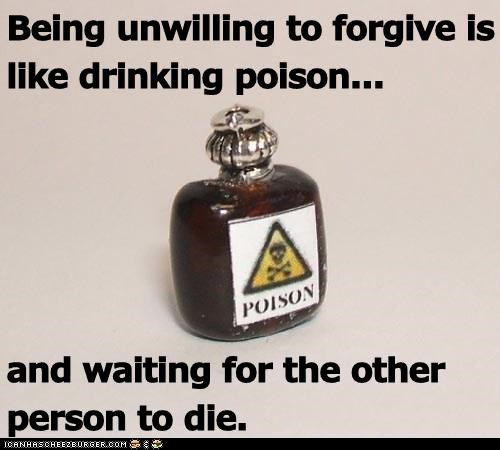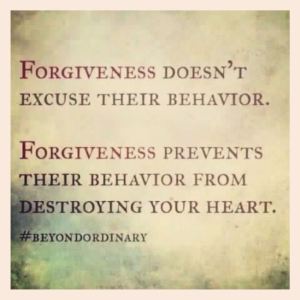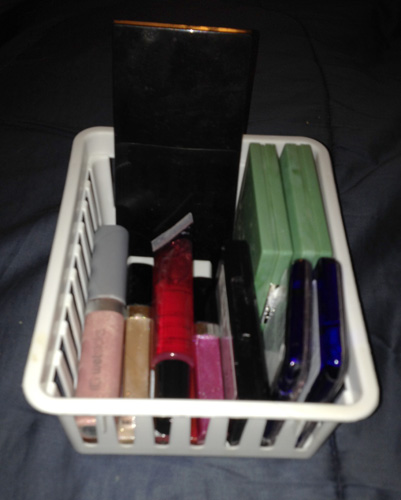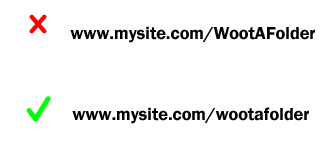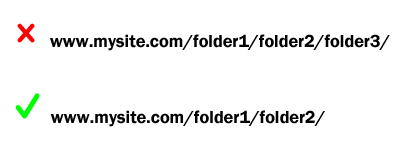
One of the things that has always bugged me about writing advice is the inevitable “writing routine advice.” You know, the kind that starts with something like “you must wake up at 5:00 AM” and usually has advice similar to “you must write 4,000 words every day,” “you have to write with pencil and paper,” or whatever other “requirements” they want to stick in there.
My main problem with this? No matter what advice you get, it’s advice that worked for SOMEONE ELSE. This advice may not apply to you at all.
And yet, we budding writers are often expected to adopt routines that successful writers have created for themselves, simply because the writer was successful. We are not only encouraged to do this–in fact, if we dare to make up our own routine, we’re often brushed off with a discouraging remark: “well, you’ll never be successful doing it THAT way.” (Think it doesn’t happen? I’ve personally heard that one so many times I could quote it in my sleep.)
Why Others’ Writing Routines May or May Not Work for You
Writing routines are meant to encourage dedication and increase mental comfort. The motivation behind any routine, actually, is that over time it will become habit–thus, why many writers seek out a routine so that their writing becomes habitual and not done in unpredictable fits and spurts.
I understand that. But my routine, for instance, includes no early mornings, no coffee, and no set word goal for the day. In fact, I can’t actually hold myself to stringent “rules” about my writing, especially time-related rules, because I get wrapped up with anxiety about “not doing it right/not doing it on time” and consequently can’t even write one sentence. (See: my current issues with writing my blog entries ahead of schedule–I freak out about how much time I don’t have to write them, and end up depending on procrastination-driven adrenaline to write ’em all.)
My point? Sometimes, routines can actually hold you BACK when it comes to writing. If the routine is unnatural for you, too harsh, or even just too many steps to follow, you’ll end up defeating yourself over and over instead of actually getting any writing done, good or bad.
My Routine: Ridiculously Easy (Which Means I’ll Actually FOLLOW It)
In pursuit of my own writing routine, I’ve developed the following, relatively free-form one:
For every hour I’m on the computer, I take 15 minutes away from whatever task I’m doing and write.
Stupidly simple, right? It doesn’t have anything in there about getting up at a certain time to write, how much I have to write, or anything. It’s just asking me to take 15 minutes out of every hour that I’m already on the computer anyway to write a little more on my novel (which is also stored on my computer). All I have to do is go to the novel file, open it, and type. My routine doesn’t even tell me what parts of the story I’m supposed to write, or anything. It’s as free-form and low-pressure as you can get.
AND IT WORKS. Case in point: I just took 15 minutes off from writing this very blog post and instead wrote on my novel, simply because I felt like switching tasks. My ADD brain is happier with frequent switching of tasks, which is one reason I made my routine work this way. Also, since I’m not pressured to write a certain number of words or work within a certain time limit, all my brain resources are free for creativity instead of bound up in anxiety loops.
How to Make Your Own Writing Routine
- First, know yourself. If you know you’re a night owl and won’t get anything productive done in the morning, don’t schedule your writing time for 6:00 AM. If you know you work better with a deadline and a specific word count goal, set those goals for yourself. Acknowledging and respecting how you naturally work best is the first key to a successful writing routine.
- Make it easy to follow. However you define “easy,” make your writing routine so easy for you to follow that you enjoy it and actually WANT to do it. I don’t hold with writing advice that basically tells you to treat your writing routine like it’s an obligation–if I don’t like to do something, I just ain’t gonna do it. (Maybe that makes me a quitter, but if so, then how did I end up with 165,000 words of my novel written thus far? LOL)
- Remember that “writing” time includes editing or even rereading your work. Even if you feel awful and have no desire to actually write, you can still edit or reread your own work as a lower-impact “writing” activity. In fact, sometimes I’ve started off not feeling like writing much of anything, and once I dig into my novel a little bit, either editing or rereading, I end up wanting to write more!
